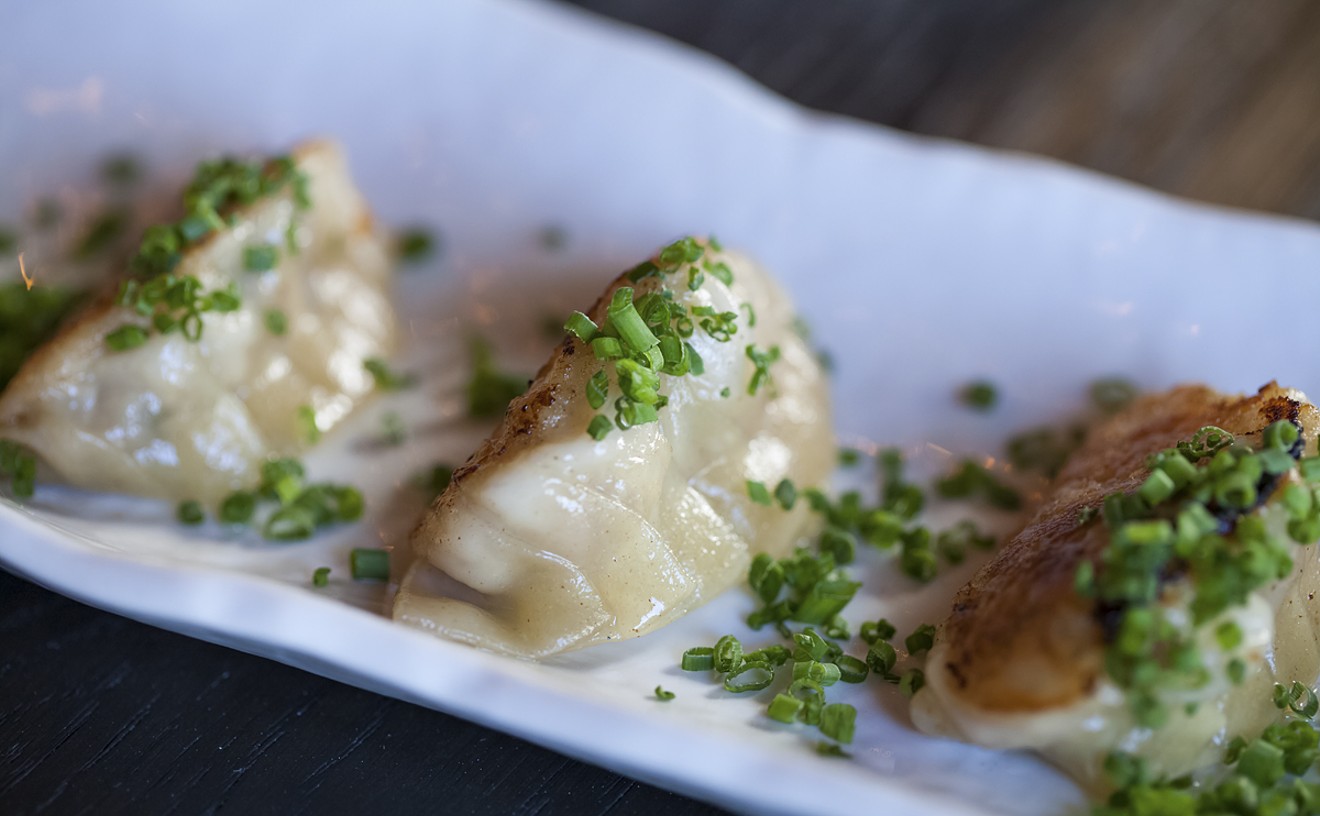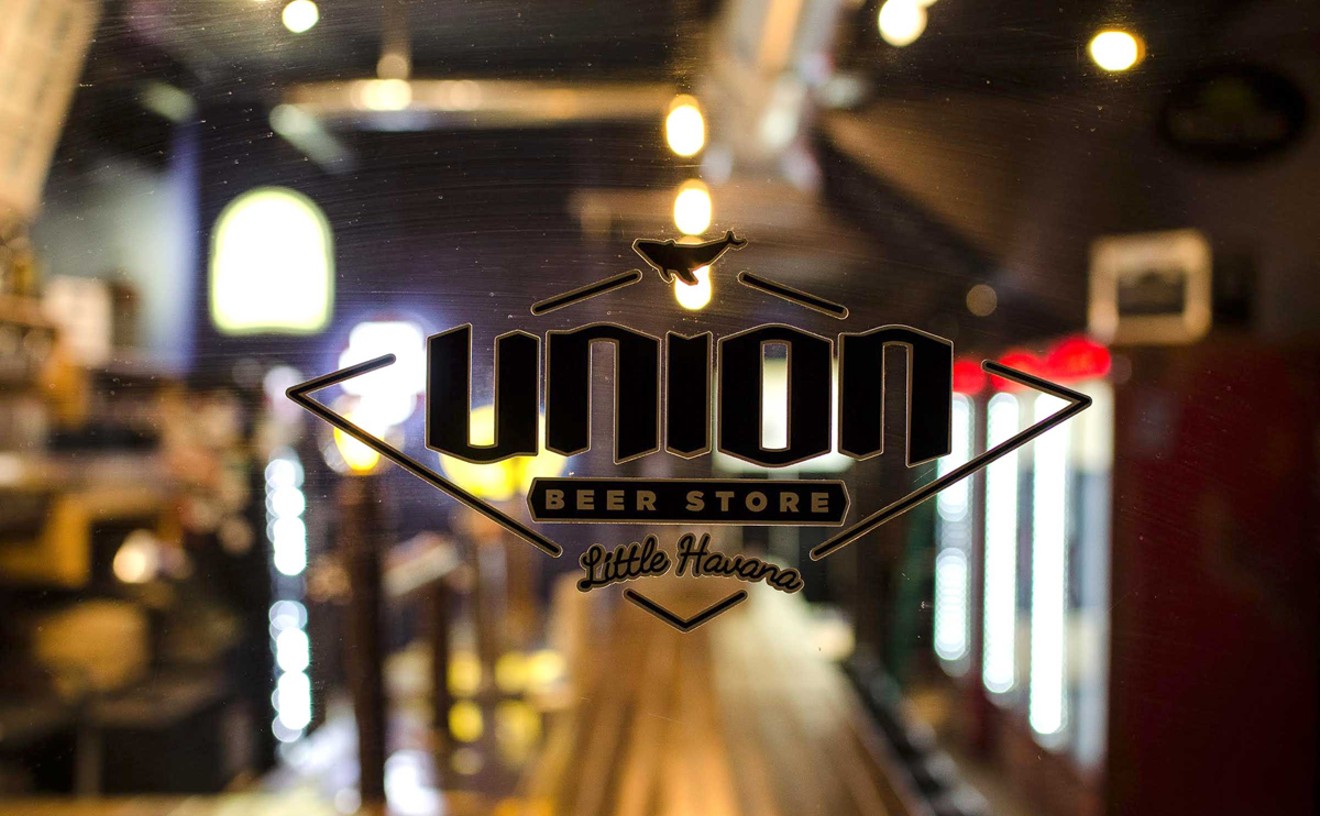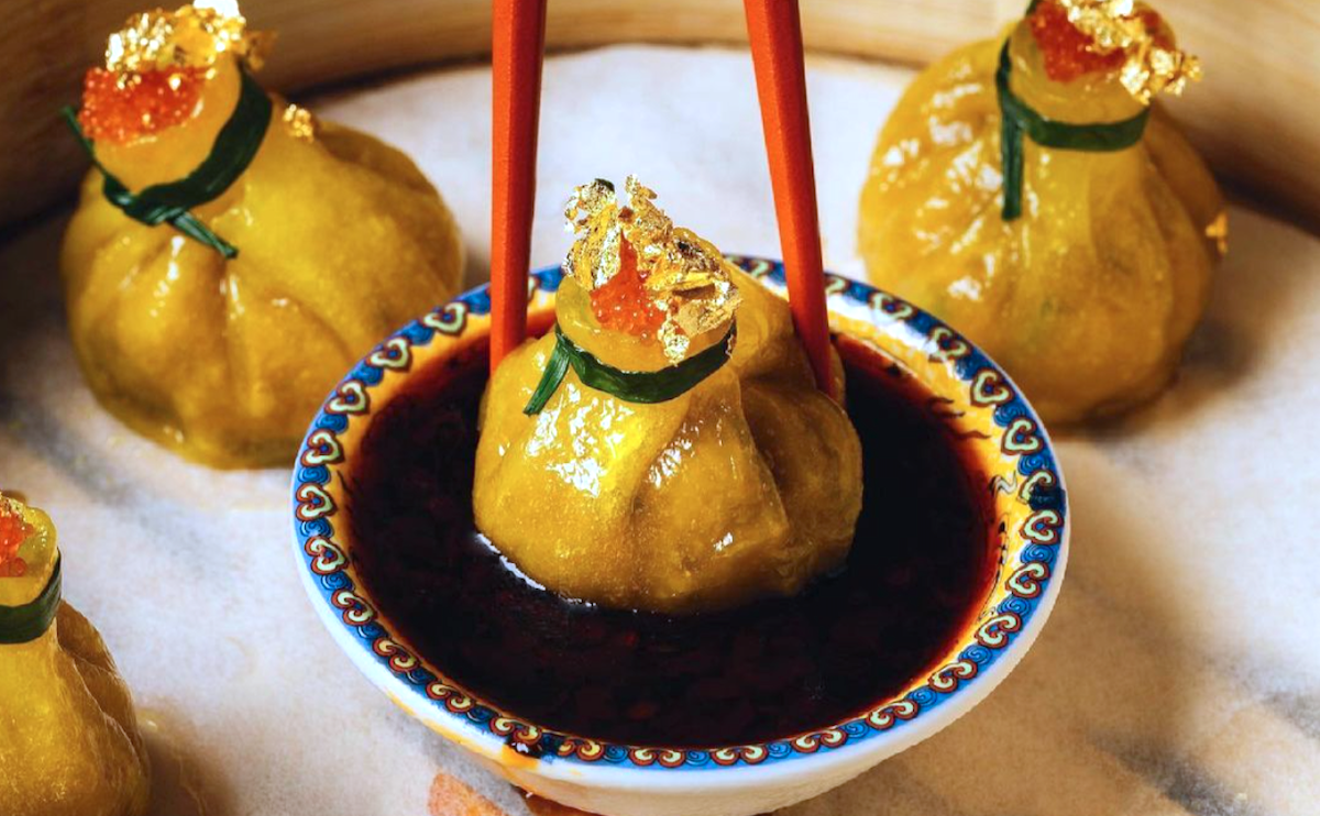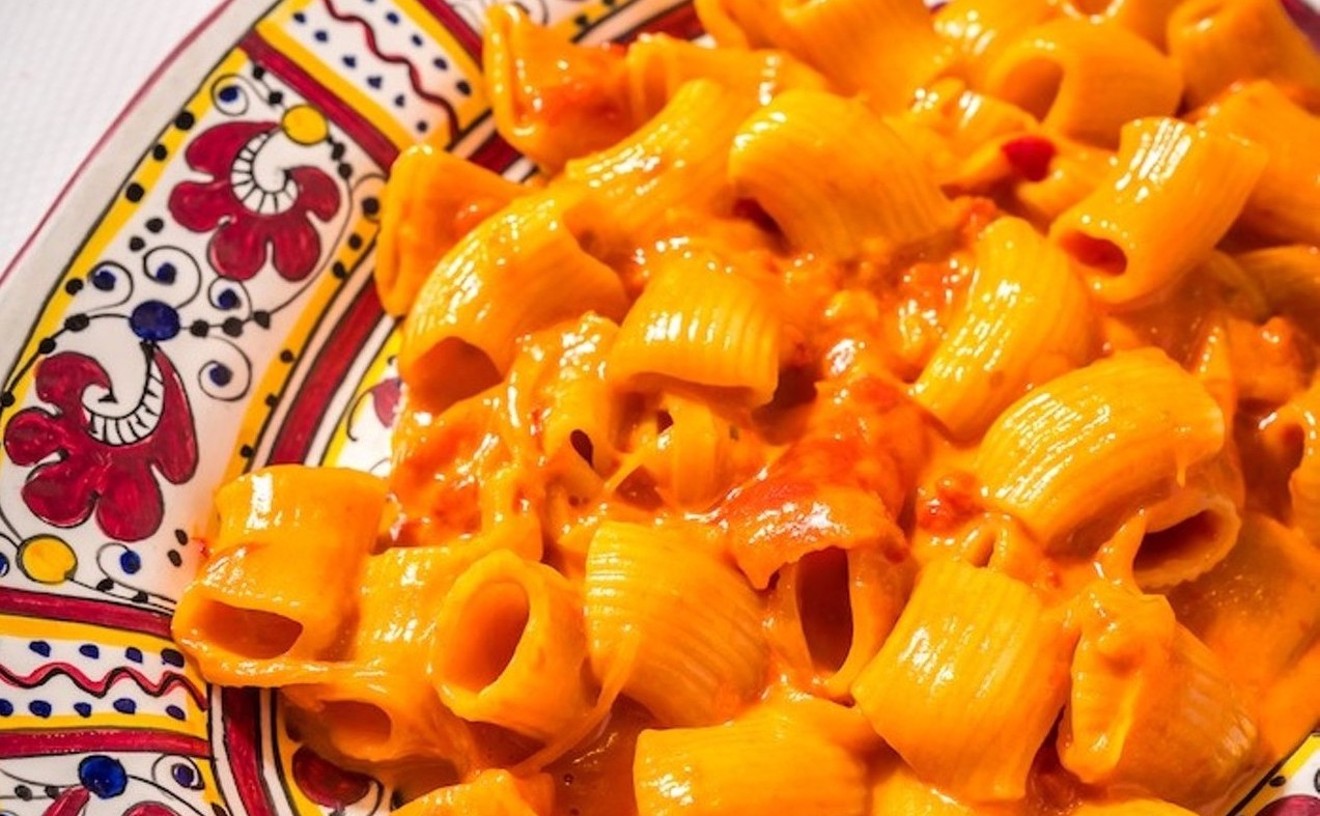"The Beach is a trendy place," says Lee Brian Schrager. "Who knows what will be in vogue next year or even next month?"
"It's like Cannes and Nice in the Forties," adds Tony Goldman. "More and more people are bound to start vacationing here."
These remarks come from a recently unearthed (from my closet) April 1991 issue of Food Arts: The Magazine For Professionals. The cover story, "Deco on a Roll," focuses on "a handful of risk-taking restaurateurs" and their impact on "Miami Beach's stunning Deco District...the country's hottest restaurant row."
Noted and quoted along with Goldman and Schrager were Mark Soyka (News Cafe, Van Dyke Cafe, etc.), Tom Billante (Carpaccio, Trattoria Rosalia, etc.), Tony Takorada (Thai Toni), Dino Pirola (Osteria del Teatro), Norman Van Aken, and others who still remain in the game. But they were just starting out -- as was the writer of this piece, a pre-barbecue Steven Raichlen described as "syndicated food columnist, restaurant critic and cooking teacher."
In 1991, the average tab at News Cafe was $10, and you could sign a lease for a restaurant space on Lincoln Road at $7-per-square-foot. Yeah, things were different back then. And pretty exciting, too.
Here is the scene: Between 1987 and 1991, "more than 30 new restaurants" had opened in South Beach, and "over a dozen in the past year...seven new Italian restaurants alone." Tony Takorada's Toni's New Tokyo Cuisine started up in 1987, followed by Thai Toni in 1990. Billante and Piero Filpi's Mezzanotte debuted in 1988 and had patrons dancing on the tables -- the wildest dining scene on The Beach for sure. It turned its 80 seats "four or five times on a busy Saturday. Revenues are rumored to be in the neighborhood of $50,000 a week." Penrod's Beach Club was also pretty wild, putting on a boisterous party nightly on the south end of Ocean Drive -- right by Joe's Stone Crab, which even then was raking in more than $10 million a year.
In 1986, Gary Farmer, Mark Benck, and Irene Giersing had opened The Strand on Washington Avenue to instant success. "Vogue wrote it up...Don Johnson became a regular, as did Mickey Rourke, Julio Iglesias and Lauren Hutton," wrote Raichlen. "Last year The Strand grossed $1.75 million." Incidentally, the trio signed The Strand lease in 1986 for $4 per square foot. Then again, in 1986 the 38-room hotel with restaurant at 54 Ocean Drive could have been yours for $450,000. By 1991, the asking price had shot to $2 million.
In 1989, Bill Keen and Gabrielle Hakman were happy to land a ten-year lease on Washington Avenue (at less than $10 a square foot) for their Southern-style roadhouse eatery Lulu's -- a local favorite throughout the early-to-mid nineties. Lulu's was probably the first Miami restaurant to bring back red velvet cake -- along with lots of soulful cooking at great prices ($7 average lunch bill; $10 average dinner).
Dino Pirola noted a lack of Italian restaurants and teamed with Daniel Theme to turn a failed deli in the lobby of the Cameo Theater into what it remains today: the 60-seat Osteria del Teatro. "With a check average of $30, Pirola estimates the restaurant will gross $1.2 million this year." A $30 check at Osteria? Geez, those were the good old days!
The success of Osteria spawned a tiramisunami of Italian restaurants in South Beach: "I Paparazzi and Cafe Carezza on Ocean Drive, Cafe Versa Ce and Piccolo Mondo on Washington Avenue, a space-age pasta restaurant called Tiramesu, and a new, wood-burning pizzeria called Primadonna." I Paparazzi and Tiramesu remain. And let's just say that Primadonna was nearly twenty years ahead of its time.
Tomorrow: More nostalgia, along with menu items culled from Tony Goldman's Lucky's restaurant, Lee Schrager's Chow restaurant, and Norman Van Aken's Stars & Stripes Cafe and a Mano.
Follow Short Order on Facebook and Twitter @Short_Order.











